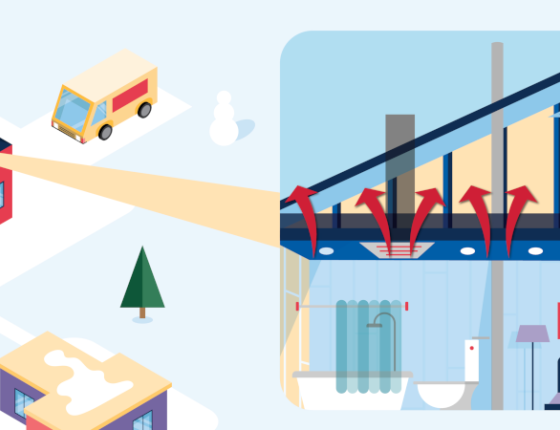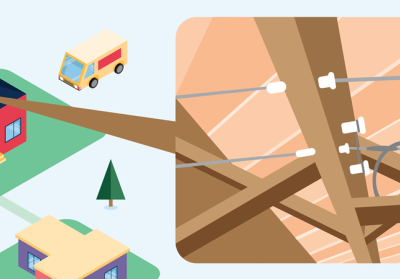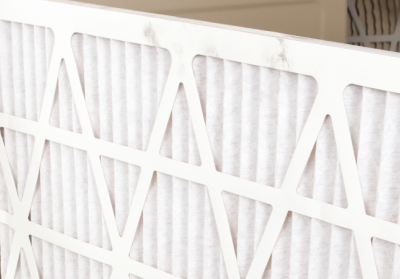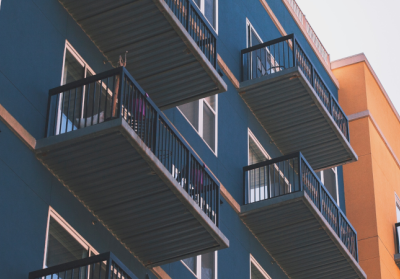Air Sealing for Leaks
Air leakage happens when outside air enters your house and heated or cooled air (conditioned) escapes through cracks and openings. Air leaks could happen anywhere in your home — some might be small, while others can be large.
Why should I care?
Reducing air leakage is a cost-effective way to improve your home’s energy efficiency.
Fixing air leaks means fewer cold spots and drafts, which will make your home more comfortable. Patching up structural gaps and holes through which air is entering and exiting also makes your home more durable. In attics, air escapes through holes made for things like electrical wiring and recessed lights. Warm air leaking into a cold attic can lead to problematic ice dams in the winter and cause significant structural damage over time. Additionally, warm air carries moisture into the attic, which can lead to mold growth and cause indoor air quality and health issues.
Where can I start?
Before considering an air sealing project, you should examine the air tightness of your home with a blower door test. This will help you find air leaks and prioritize them based on which are worst and should be fixed soonest. For Xcel Energy and CenterPoint Energy customers in Minnesota, this test is included in a standard Home Energy Squad energy audit. If you live in Hennepin, Ramsey, or Washington Counties or in Dakota County without CenterPoint Energy gas, click here to schedule an assessment. If you live outside that region, click here to schedule an assessment.
An air tightness test will usually show a homeowner which sources of air leakage they should concentrate on, typically the largest ones such as those between your attic and living space. In an attic, the biggest sources of air leakage are usually the chimney, plumbing stack, electrical wiring, and recessed lighting.
Should I hire a contractor? How much does it cost?
Air sealing work in your attic is best done by an insulation contractor. This job is messy and technical — leave it to the professionals!
If possible, hire a Building Performance Institute-certified contractor. Contact CEE’s energy advisors for advice in hiring the right contractor through the “Ask Us” button below.
In homes that are also uninsulated, a contractor can insulate and air seal your attic at the same time as they do the rest of your house. Newer homes are usually insulated, but sometimes poorly air sealed. In this situation, a contractor would temporarily move the insulation in order to air seal openings in your attic.
Costs for air sealing work can vary greatly depending on what work needs to be done. We recommend you compare two to three estimates. If you would like help comparing contractors’ estimates, contact our energy advisors.
Don’t forget to check with your utility to see if they have air sealing rebates!
Are there air sealing projects that I can do myself?
While an attic is best left to professionals, there are some DIY air sealing projects you can do in other parts of your home. These projects often use materials like caulk and weatherstripping. While fixing small air leaks throughout your home can be helpful, remember that you will need to address the biggest leaks (like those in an attic) to significantly impact your home’s energy efficiency and cost savings.
Outside Resources

Questions about your home energy? Let's talk!



